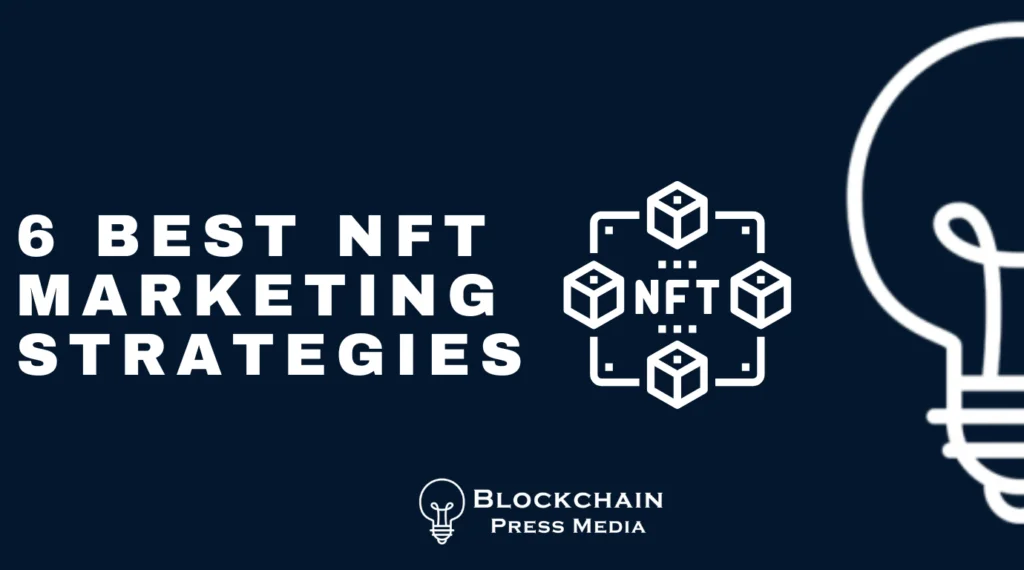The world of NFTs is an exciting and dynamic space, with new projects and marketplaces popping up every day. With so much competition for attention and investment, it’s essential to have a solid NFT marketing strategy in place to stand out from the crowd. However, traditional marketing approaches may not be enough to capture the attention of today’s discerning NFT buyers.
To succeed in the NFT market, you must be innovative, creative, and strategic in your approach. In this article, we will explore seven of the most effective NFT marketing strategies that can help you unlock the full potential of your NFT project. From building a strong brand to tapping into niche communities, we’ll show you how to create buzz, drive demand, and maximize your ROI in the fast-moving world of NFTs.
Whether you’re a seasoned NFT creator or just getting started, these strategies are sure to help you take your project to the next level.
The Need for NFT Marketing Strategies
As the NFT market grows and evolves, it becomes increasingly saturated with new players and creations. This makes it more challenging for individual NFT creators and owners to capture the attention of potential buyers and investors. In order to stand out, you must develop a well-thought-out marketing strategy that differentiates your NFTs and amplifies their value.
NFT marketing strategies serve several essential purposes:
- Increase visibility: A solid marketing strategy will help your NFTs gain exposure to a larger audience, increasing the chances of attracting interested buyers and investors.
- Build credibility: By demonstrating your commitment to the NFT space and showcasing your unique offerings, you can establish a reputation as a trustworthy creator or collector.
- Foster community: Engaging with your target audience and building a community around your NFTs can lead to increased loyalty, repeat customers, and word-of-mouth referrals.
- Maximize value: Effective marketing generates interest in your NFTs and can drive up their perceived value, leading to higher returns on investment.
Stay tuned as we dive into the 6 best NFT marketing strategies that can help you achieve these goals and unlock the full potential of your digital assets.
6 Best NFT Marketing Strategies
1. Create scarcity and exclusivity.
In the highly competitive world of NFTs, scarcity and exclusivity are powerful tools for driving demand and increasing the value of your NFTs. By limiting the availability of your NFTs, you can create a sense of urgency and exclusivity that can attract collectors and investors looking for unique and valuable assets.
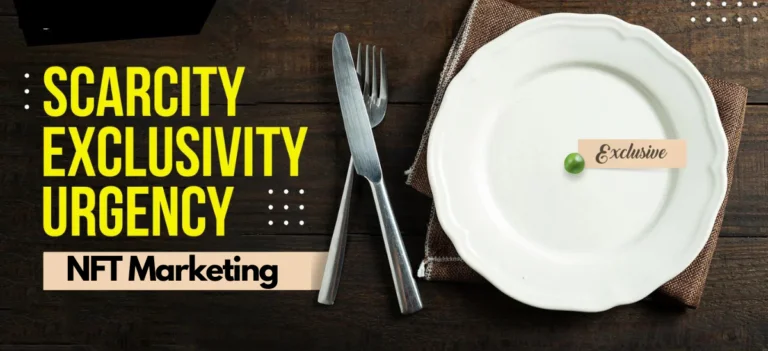
To create scarcity and exclusivity, you can consider the following strategies:
- Limit the number of NFTs available: Limiting the total number of NFTs available for sale can create a sense of scarcity that can drive up prices and demand. This can be achieved by setting a maximum number of NFTs available for sale or by creating a limited edition series of NFTs.
- Make each NFT unique: Making each NFT unique and non-interchangeable can increase the perceived value of each NFT and create a sense of exclusivity for the buyers. This can be achieved by creating unique designs or by assigning each NFT a unique identifier or serial number.
- Offer early access or exclusive perks: Offering early access or exclusive perks to a select group of buyers can create a sense of exclusivity and encourage buyers to act quickly. For example, if buyers purchase within a certain period of time, you might be able to offer early access to a new collection or exclusive content.
- Consider auctioning off NFTs: Auctioning off NFTs can create a sense of competition and drive up prices, making them more valuable and exclusive. This can be achieved through traditional auction formats or through newer formats such as Dutch auctions.
By implementing these strategies, you can create scarcity and exclusivity around your NFTs, making them more desirable and valuable to buyers. However, it’s important to strike a balance between scarcity and accessibility – if your NFTs are too exclusive, you may limit your potential buyer pool and miss out on valuable sales opportunities.
2. Use gamification to engage buyers.
Gamification is a powerful way to engage buyers and increase the perceived value of your NFTs. By creating interactive experiences and offering rewards for participation, you can encourage buyers to spend more time with your NFTs and build a deeper emotional connection with them.
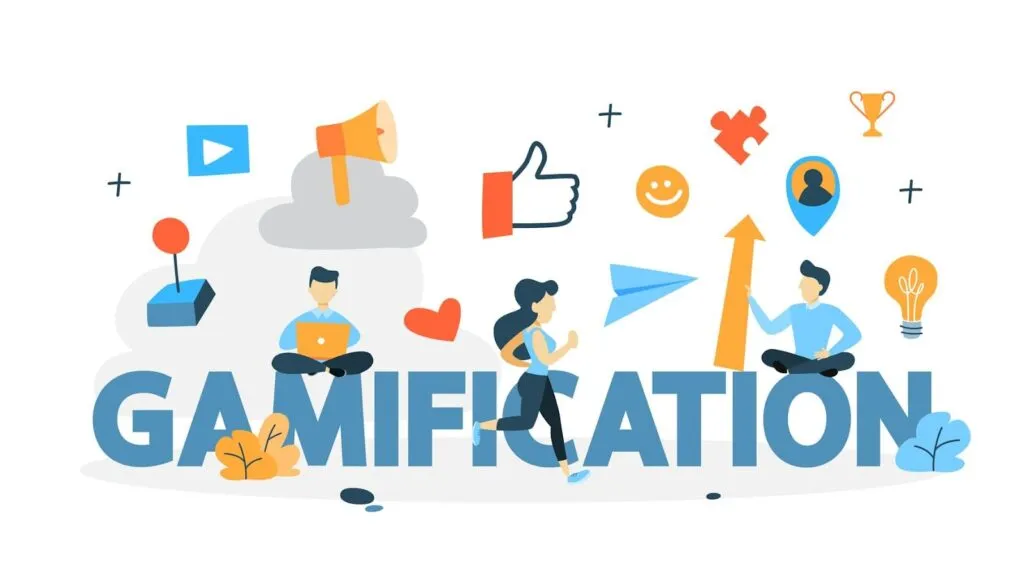
Here are some strategies for using gamification to engage buyers:
- Create games or puzzles around your NFTs: By creating games or puzzles that feature your NFTs, you can encourage buyers to spend more time interacting with them and increase their value. As an example, you could provide buyers with a special reward when they collect a certain number of NFTs.
- Offer rewards or bonuses for participation: You can incentivize buyers to spend more time with your NFTs by offering rewards or bonuses for participation. For instance, you could give buyers exclusive access to new collections or bonus NFTs if they complete certain tasks.
- Partner with gaming companies or platforms: You can reach a broader audience and tap into existing gaming communities by partnering with gaming companies or platforms. Your NFTs could be integrated into a mini-game on a popular gaming platform, or you might partner with a gaming company to create such a game.
- Create immersive experiences: Creating immersive experiences around your NFTs can help you stand out in a crowded market and increase their perceived value. For example, you could create a virtual reality experience that allows buyers to explore a digital world featuring your NFTs or an interactive video that tells a story around your NFTs.
By using gamification to engage buyers, you can create a deeper emotional connection between them and your NFTs, increasing their perceived value and driving up demand.
Here are some real-world examples of companies that have benefited from using gamification to engage buyers in the NFT industry:
1. The Sandbox
The Sandbox allows players to create, share, and monetize their own gaming experiences using blockchain technology. They have successfully used gamification to engage buyers and increase the perceived value of their NFTs.
The game was a huge success, with players spending hours collecting and trading NFTs, leading to a significant increase in the value of the NFTs.
2. Bored Ape Yacht Club
Bored Ape Yacht Club (BAYC) is an NFT project featuring unique and quirky ape illustrations. They have used gamification to engage buyers and build a strong community around their NFTs. Members who held multiple apes received perks, such as early access to new collections and special events, for holding and trading BAYC NFTs.
This helped build a strong sense of community and loyalty around BAYC, driving up demand and increasing the value of their NFTs.
3. Aavegotchi
Aavegotchi is an NFT project that combines blockchain technology with gaming mechanics to create a unique and engaging experience. They have successfully used gamification to drive demand for their NFTs, with players spending hours collecting and trading Aavegotchi ghosts.
They created a game called “Gotchi Wars,” where players could compete against each other using their Aavegotchi NFTs, with the winners receiving valuable prizes and bragging rights. This helped build a strong sense of community and engagement around Aavegotchi, driving up demand and increasing the value of their NFTs.
3. Emphasize the utility and functionality of your NFTs
While the initial appeal of NFTs may be their aesthetic value or collectability, emphasizing the utility and functionality of your NFTs can help you attract a wider audience and drive up demand.
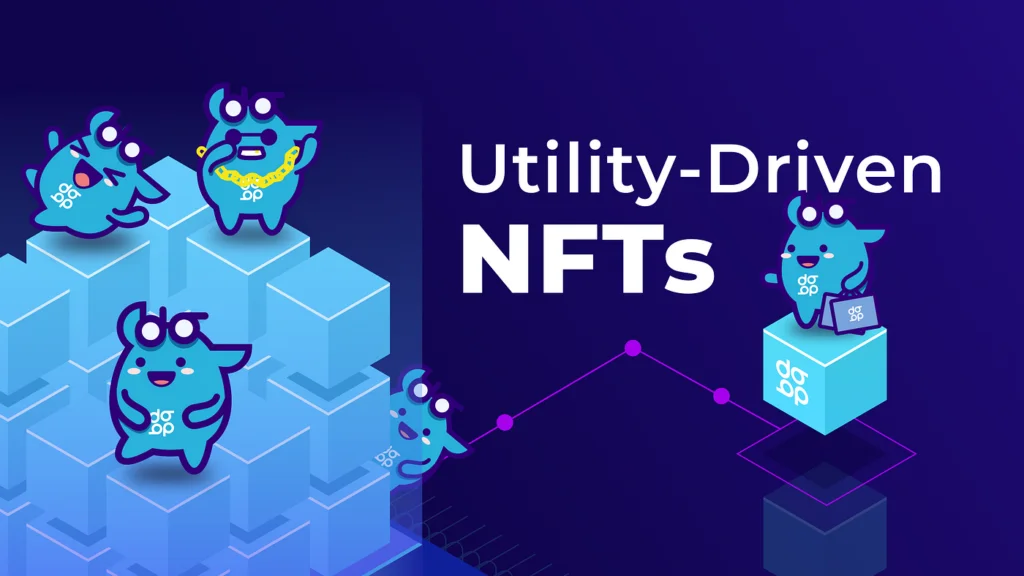
By highlighting the unique features and benefits of your NFTs, you can show buyers that they are not just a piece of art or a collectible but valuable asset with real-world uses and benefits.
Here are some strategies for emphasizing the utility and functionality of your NFTs:
1. Offer exclusive access or perks
The value of your NFTs can be demonstrated beyond their aesthetic appeal if you offer them exclusive access or perks. For example, holders of your NFTs could receive early access to new collections or exclusive content and discounts or benefits from your brand if they hold your NFTs.
The Bored Ape Yacht Club, as an example, offers members exclusive access to events, merchandise, and other perks based on the number and rarity of their Bored Ape NFTs. Consequently, the NFTs are perceived to be more valuable and have driven up demand, creating a sense of community and loyalty around the project.
2. Integrate with real-world products or services.
Creating new use cases for buyers can be achieved by integrating your NFTs with real-world products or services. In the case of an NFT that offers a discount or VIP access to a physical location or integrates your NFTs with a gaming platform, you could do just that.
Sorare NFTs, featuring professional soccer players, are a real-world example of this strategy. In addition, the NFTs can be used to participate in fantasy soccer leagues and other real-world games, creating a new use case and utility for the NFTs beyond their aesthetic value.
3. Leverage blockchain technology for authentication and provenance
Emphasizing the use of blockchain technology to ensure the authenticity and provenance of your NFTs can create a sense of trust and reliability among buyers. By using blockchain to verify the ownership and history of your NFTs securely, you can demonstrate their value and utility as a reliable and authentic asset.
This strategy is exemplified by the CryptoPunks NFT project, which uses blockchain technology to verify the ownership and history of each NFT. This has helped build trust and reliability among buyers, driving up demand and increasing the perceived value of the NFTs.
Adding utility and functionality to your NFTs can help you attract a wider audience and create a sense of value beyond their aesthetic appeal. In addition, utilizing blockchain technology, integrating with real-world products, and offering exclusive access or perks allows you to demonstrate the unique features and benefits of your NFTs.
4. Leverage community-driven marketing
The NFT market is highly community-driven, and leveraging the power of community can be an effective way to build buzz, drive demand, and increase the perceived value of your NFTs. By building strong relationships with your community and leveraging their enthusiasm and passion, you can tap into a powerful marketing force that can help you reach a wider audience and drive up demand.

Here are some strategies for leveraging community-driven marketing:
- Build a strong social media presence: Building a strong social media presence can help you connect with your community and keep them engaged and informed about your NFTs.
- Collaborate with influencers and thought leaders: Collaborating with influencers and thought leaders in the NFT space can help you tap into their audiences and build credibility and trust among your community.
- Host events and giveaways: Hosting events and giveaways can help you build excitement and engagement around your NFTs and reward your community for their support.
One real-world example of community-driven marketing is the NBA Top Shot NFT platform, which has built a strong following and generated over $1 billion in sales by leveraging the passion and enthusiasm of basketball fans. They regularly host events and giveaways, collaborate with influencers and thought leaders, and engage with their community on social media to keep them engaged and excited about their NFTs.
5. Tap into niche markets and audiences
While the NFT market may seem saturated with high-profile projects, many untapped niche markets, and audiences can be a source of significant demand and value for your NFTs. By identifying and targeting these niche markets and audiences, you can differentiate your NFTs from the competition and build a loyal following that is passionate about your brand and NFTs.
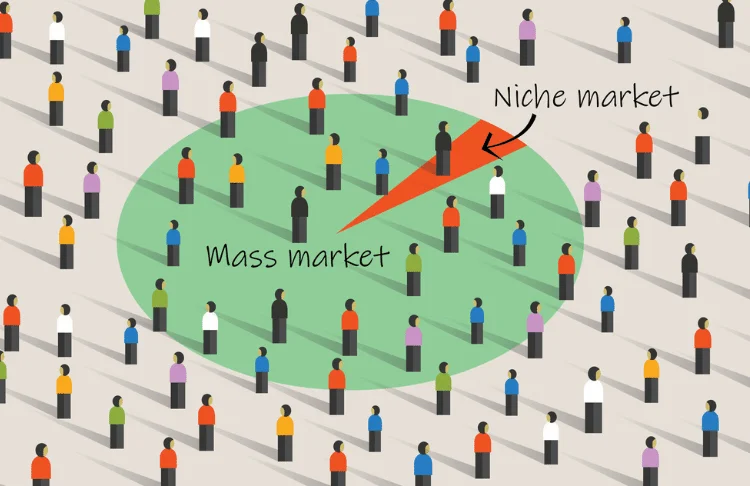
Here are some strategies for tapping into niche markets and audiences:
- Identify underserved communities: Identify underserved communities within the NFT space that have a strong interest in a particular niche or topic. In order to differentiate your brand and build a loyal following, you must develop NFTs that appeal to these underserved communities.
- Collaborate with niche creators and brands: Collaborate with niche creators and brands that share your values and appeal to your target audience. You can build credibility and trust among your target audience by partnering with creators and brands who have a strong following within your niche market.
- Create unique and specialized NFTs: Create NFTs that cater to the specific interests and needs of your target audience. Create NFTs that cater to your target market’s interests in order to differentiate your brand and increase demand.
One real-world example of tapping into a niche market is the Pudgy Penguins NFT project, which created a set of 8,888 unique penguin NFTs that appealed to a niche audience of penguin enthusiasts. The project sold out in just 35 minutes and has since seen significant growth in value and demand, with some NFTs selling for as much as $1 million.
By tapping into niche markets and audiences, you can build a loyal following, differentiate your brand, and increase demand for your NFTs. By identifying underserved communities, collaborating with niche creators and brands, and creating unique and specialized NFTs, you can tap into the passion and enthusiasm of your target audience and create an effective brand.
6. Experiment with new formats and platforms
The NFT market is constantly evolving, and new formats and platforms are emerging all the time. By experimenting with new formats and platforms, you can differentiate your brand and NFTs, reach new audiences, and tap into new sources of value and demand.
Here are some strategies for experimenting with new formats and platforms:
- Explore new blockchain networks: Explore new blockchain networks beyond the most popular ones, like Ethereum and Solana.
The Tezos blockchain network, for example, is popular in the NFT space because of its lower fees and faster transaction times. By exploring new blockchain networks, you can tap into new sources of value and demand and differentiate your NFTs from the competition.
- Try out new NFT formats: Try out new NFT formats beyond the traditional ones, like art and collectibles.
Social tokens, for example, represent a brand or community and can be used to access exclusive content and perks. By experimenting with new NFT formats, you can tap into new audiences and create new sources of value and demand for your NFTs.
- Use new platforms and marketplaces: Use new platforms and marketplaces beyond the most popular ones, like OpenSea and Rarible.
NFT marketplaces such as SuperRare specialize in high-quality, unique NFTs. By using new platforms and marketplaces, you can tap into new audiences and reach buyers who may be more interested in the unique value proposition of your NFTs.
NFT marketing based on new formats and platforms can help you differentiate your brand, reach new audiences, and tap into new markets and demand sources by enabling you to differentiate your brand.
You can remain ahead of the curve and build a strong and valuable brand in the rapidly evolving NFT market if you explore new blockchain networks, experiment with new NFT formats, and use new platforms and marketplaces.
Resources and Tools for NFT Creators
As the NFT market continues to grow and evolve, various resources and tools are available to help creators create, mint, and sell their NFTs. Here are some of the top resources and tools for NFT creators:
Overview of the top NFT marketplaces and platforms
There are many NFT marketplaces and platforms available for creators to sell their NFTs. Here are some of the top ones, along with their fees, features, and target audiences:
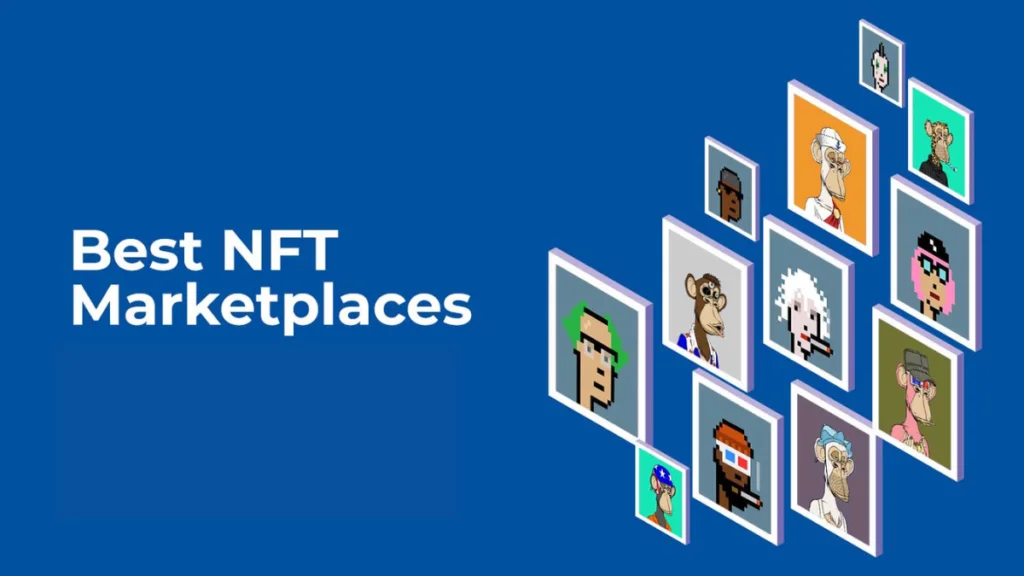
- OpenSea: One of the largest NFT marketplaces, with a wide range of NFTs and a focus on art and collectibles. Fees range from 2.5% to 10%.
- Rarible: A popular NFT marketplace that allows creators to mint and sell their own NFTs. Fees range from 2.5% to 15%.
- SuperRare: A curated NFT marketplace that focuses on high-quality and unique NFTs. Fees are 10%.
- Nifty Gateway: An NFT platform that features drops from well-known artists and celebrities. Fees are 5%.
List of tools and resources for creating, minting, and selling NFTs
There are many tools and resources available to help creators create, mint, and sell their NFTs. Here are some of the top ones:
- Digital art tools: Software such as Adobe Photoshop and Procreate can be used to create digital art for NFTs.
- Smart contract generators: Tools such as OpenZeppelin can be used to generate smart contracts for NFTs.
- Wallet providers: Wallets such as MetaMask and Coinbase Wallet can be used to store and manage NFTs.
Bonus Section: Case Studies
The marketing potential of NFTs has been explored by various organizations, leading to some successful and groundbreaking campaigns. In this section, we will discuss three notable case studies of NFT marketing that showcase the creative and innovative potential of this technology.
NBA Top Shot
NBA Top Shot lets fans buy, sell, and trade official NBA collectible highlights on a blockchain-based platform. It was developed by Dapper Labs in partnership with the NBA and NBA Players Association. NBA Top Shot gained significant popularity in 2021, with users spending over $230 million on Top Shot “moments” as of February 2021.

CryptoPunks
CryptoPunks is one of the first NFT projects on the Ethereum blockchain, created by software developers Matt Hall and John Watkinson. The project consists of 10,000 unique 24×24 pixel art characters, which gained significant attention and value in 2021. In March 2021, a single CryptoPunk NFT sold for $7.6 million, and the total trading volume for the project exceeded $1 billion.
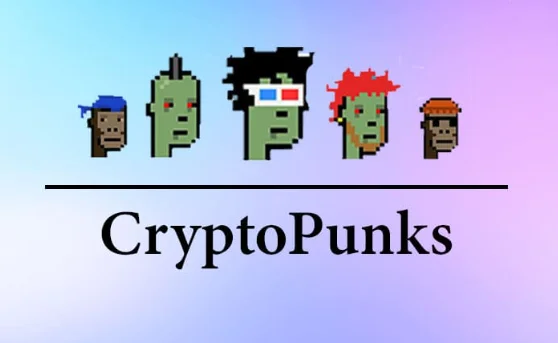
Beeple’s “Everydays: The First 5000 Days”
In March 2021, digital artist Beeple (Mike Winkelmann) made headlines when his artwork “Everydays: The First 5000 Days” was sold at a Christie’s auction for $69.3 million. This marked a turning point for the NFT art world and brought mainstream attention to NFTs as a viable medium for artists.
These examples showcase the versatility of NFTs, from sports collectibles and pixel art to high-end digital art, and the significant value that can be generated in the process. As NFTs continue to gain traction, we can expect to see even more innovative and successful marketing campaigns that leverage the unique properties of non-fungible tokens.
Conclusion
Businesses and creators can take advantage of this innovative technology by leveraging social media platforms, collaborating with influencers, utilizing community engagement, creating limited editions and scarcity, using storytelling and provenance, offering utility and functionality, and exploring partnerships and collaborations.
As the NFT landscape continues to evolve, it is crucial to stay ahead of the curve by adopting and adapting these strategies to maximize the potential of non-fungible tokens in the digital world. Ultimately, the success of any NFT marketing campaign will depend on the ability to connect with audiences, provide value, and create a memorable experience that resonates with the ever-growing NFT community.
FAQs For Best NFT Marketing Strategy
There is no one-size-fits-all marketing strategy for NFTs, as the best approach depends on your unique goals, target audience, and type of NFT. However, a combination of social media promotion, influencer partnerships, community building, and targeted content creation can be highly effective in increasing visibility and generating interest in your NFTs.
Promoting NFT marketing can be done through various channels, including social media platforms, influencer collaborations, public relations efforts, and targeted content creation. Consistent engagement with the community, hosting events, and leveraging existing networks in the crypto and art spaces can also contribute to the promotion of your NFT marketing efforts.
NFT strategies refer to the various approaches and techniques used to market, promote, and sell non-fungible tokens. These strategies can include social media campaigns, influencer partnerships, community engagement, content creation, events, and collaborations with established artists or brands.
The key to a successful NFT lies in its uniqueness, authenticity, and the value it provides to potential buyers. Coupled with a well-executed marketing strategy, this will ensure increased visibility, demand, and, ultimately, the success of your NFT in the competitive market.
To promote your NFT launch, start by building anticipation through social media teasers, email campaigns, and engaging with potential buyers in relevant communities. Collaborate with influencers in the NFT and crypto spaces to increase visibility, and consider hosting a virtual launch event to showcase your NFTs and interact with your target audience.
Promoting NFTs without a budget involves leveraging free platforms, organic reach, and networking. Use social media channels, engage in relevant online communities, and create valuable content showcasing your NFTs. Collaborate with like-minded creators or offer your skills in exchange for promotional opportunities.
It’s difficult to pinpoint a single “best” NFT marketer, as many talented individuals and agencies are in the space. The most effective NFT marketers are those who have a deep understanding of the NFT market, stay up-to-date with industry trends, and possess a proven track record of successful NFT campaigns.
NFT’s target customers include digital art enthusiasts, collectors, investors, and individuals interested in supporting emerging artists and owning unique digital assets. These customers can be found across various demographics, but they typically share an interest in blockchain technology, digital art, and the value proposition of non-fungible tokens.

